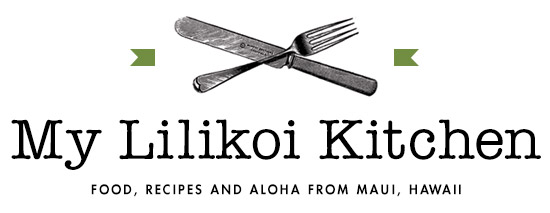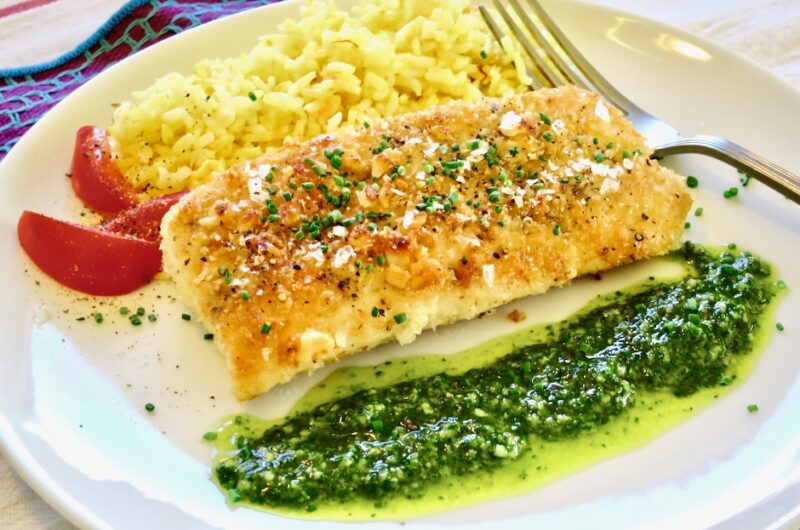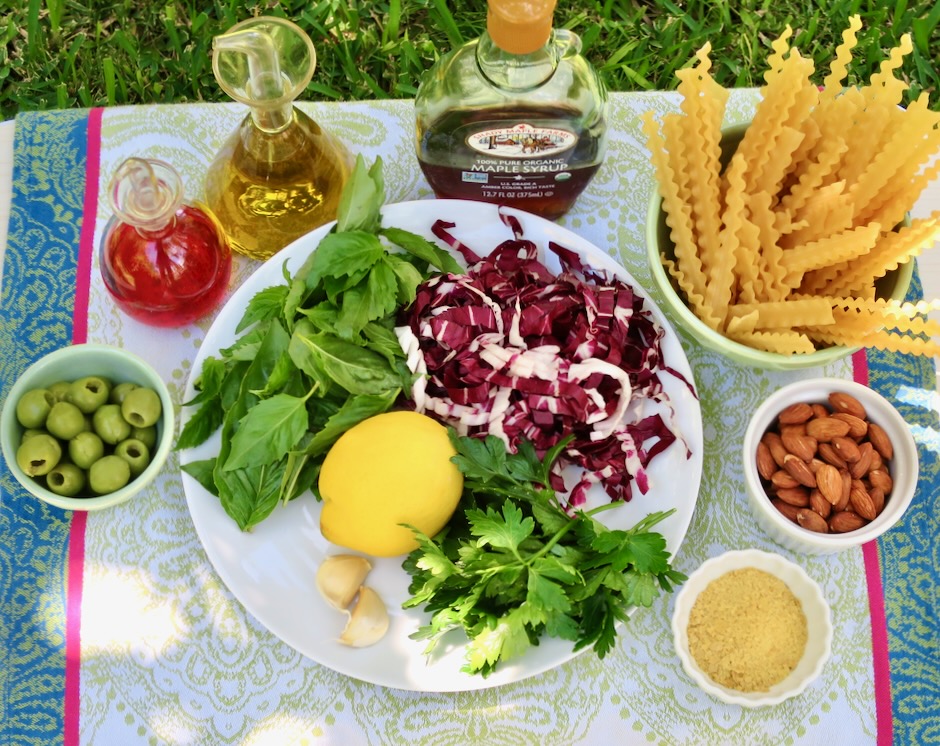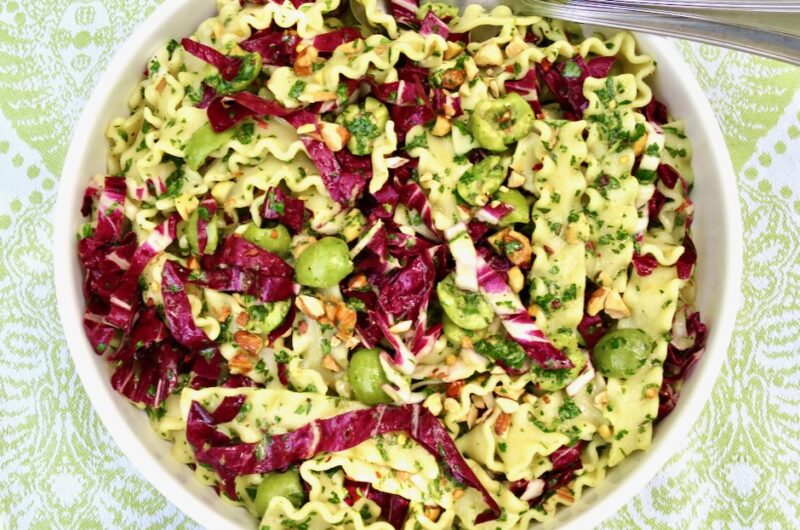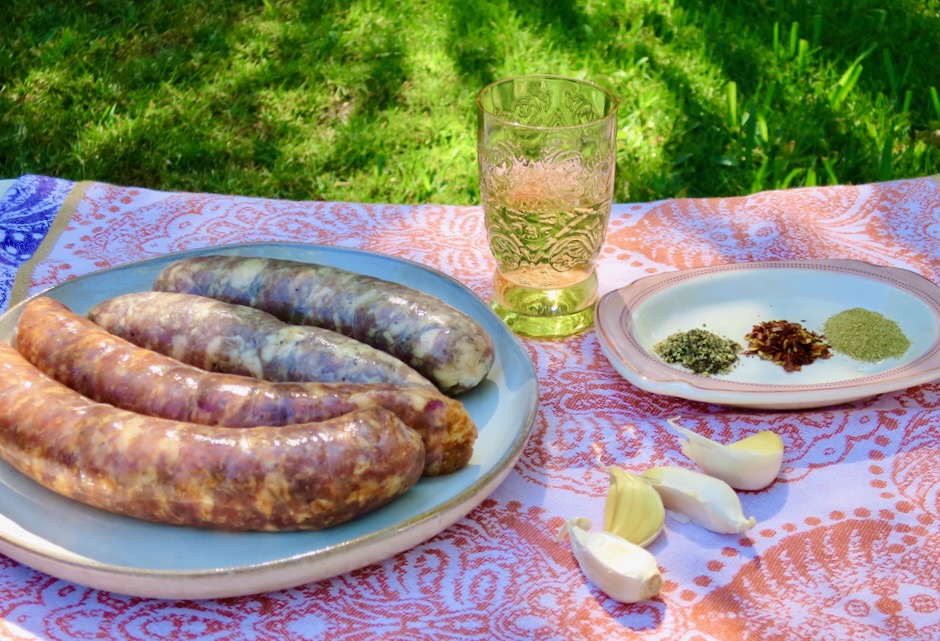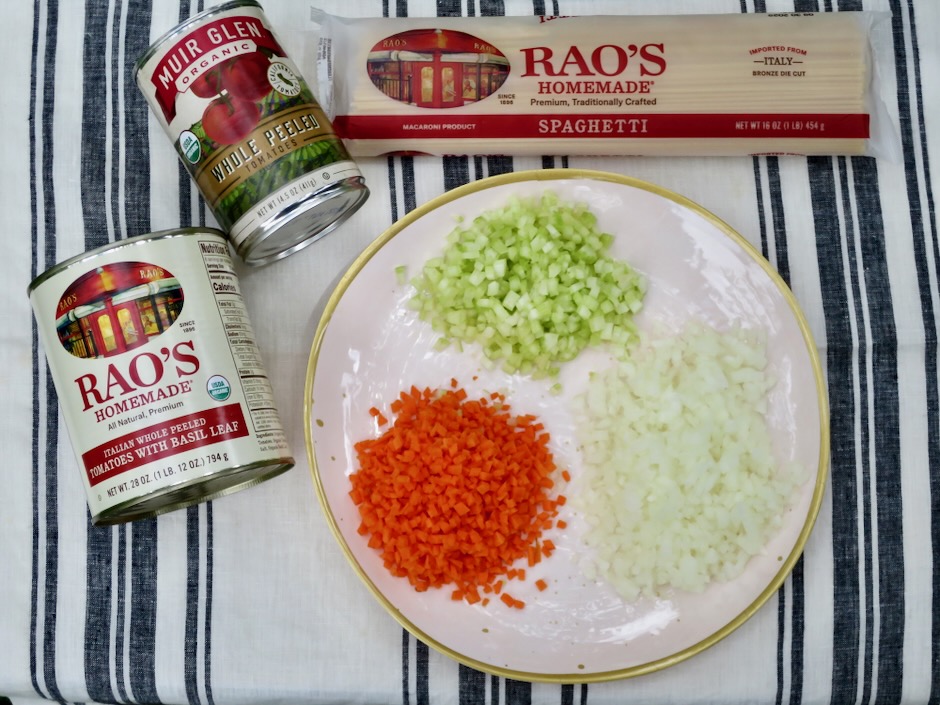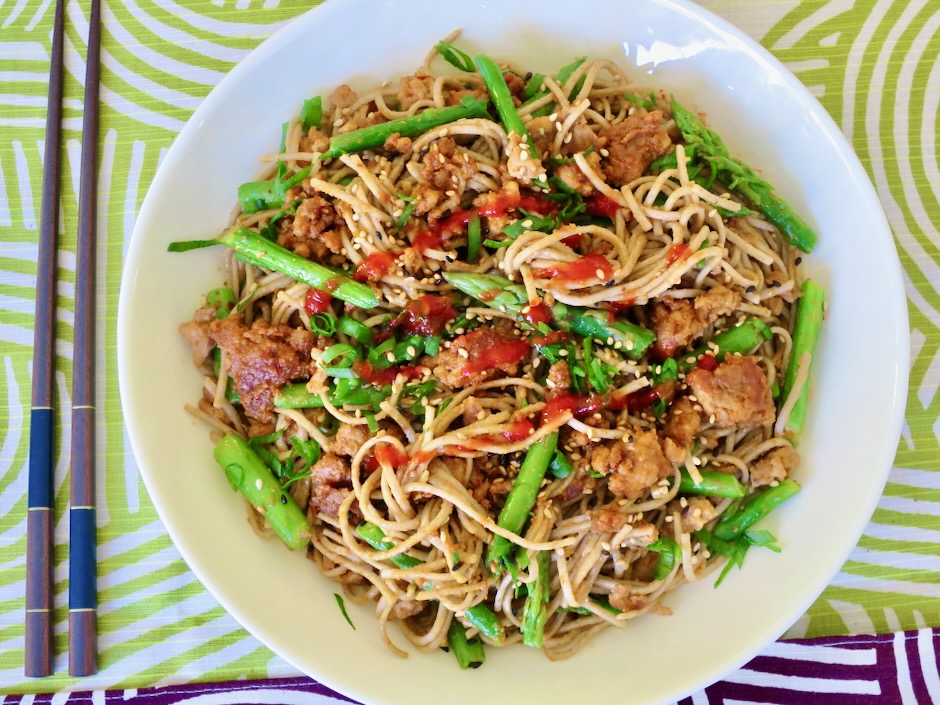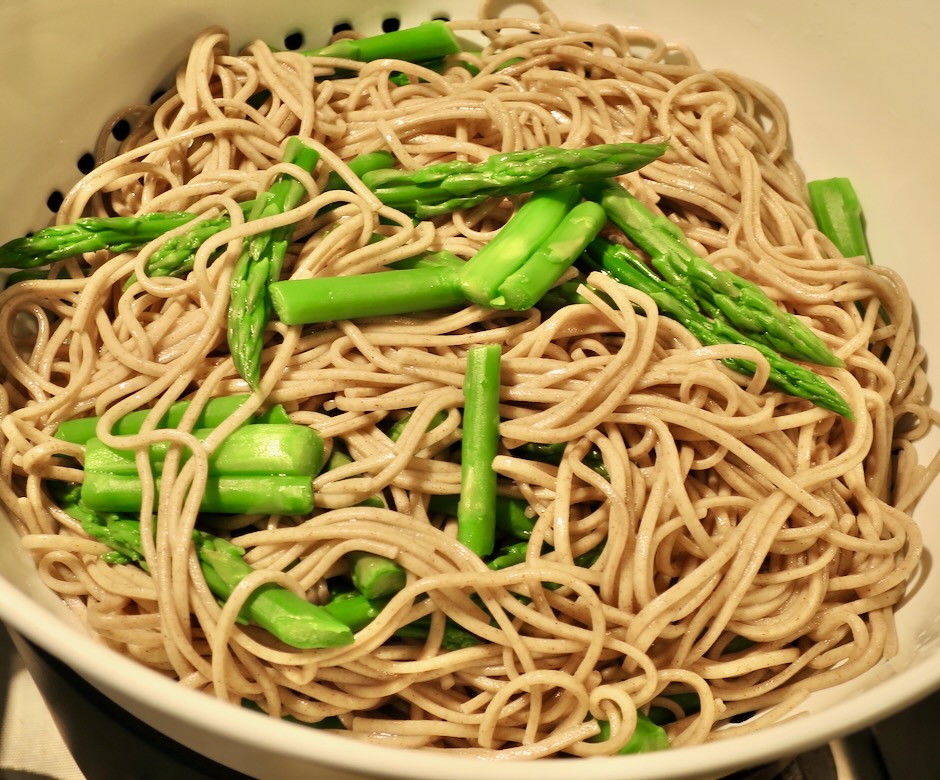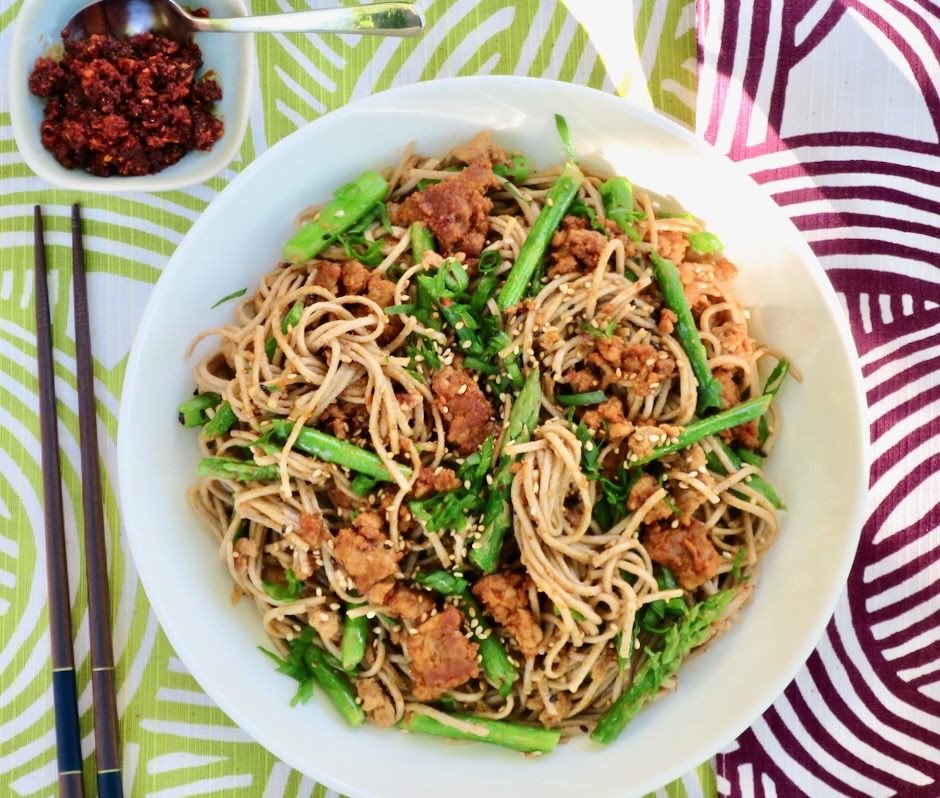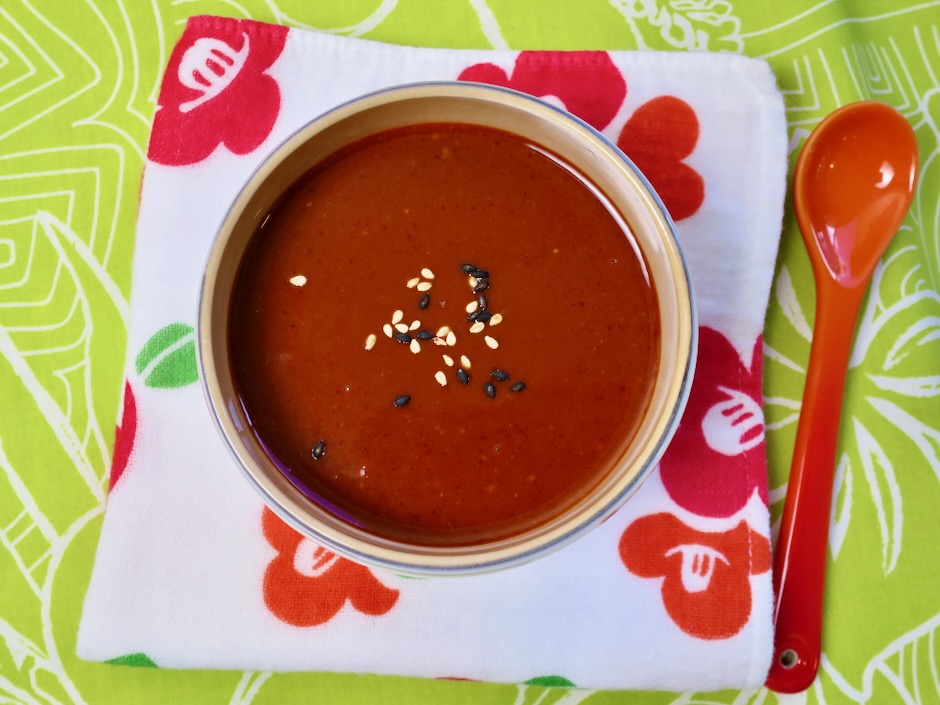
Pesto alla Genovese (basil) is certainly the most classic of all pesto sauces, but there are many other variations that use different herbs in place of basil. Cilantro pesto is a delicious twist on traditional pesto. It has a fresh bright flavor and beautiful vibrant green color. Cilantro pesto is also very versatile. Use it with your favorite pasta, with fish or chicken, as a sandwich spread with salami and cheese, on pizza, with eggs any way, dolloped on tomatoes….

I avoid using pine nuts ever since I had a bad experience many years ago. These days I use raw cashews when making basil pesto. My cilantro pesto uses one of Hawaii’s favorite snacks, macadamia nuts. They are rich and buttery and add a smooth texture to the pesto.


Measure out 2 cups of packed cilantro leaves for this recipe. That would be 1-2 bunches of cilantro, depending on their size.

The food processor is a wonderful kitchen appliance to have. I’ve had mine for 15+ years now and it still works like a charm.
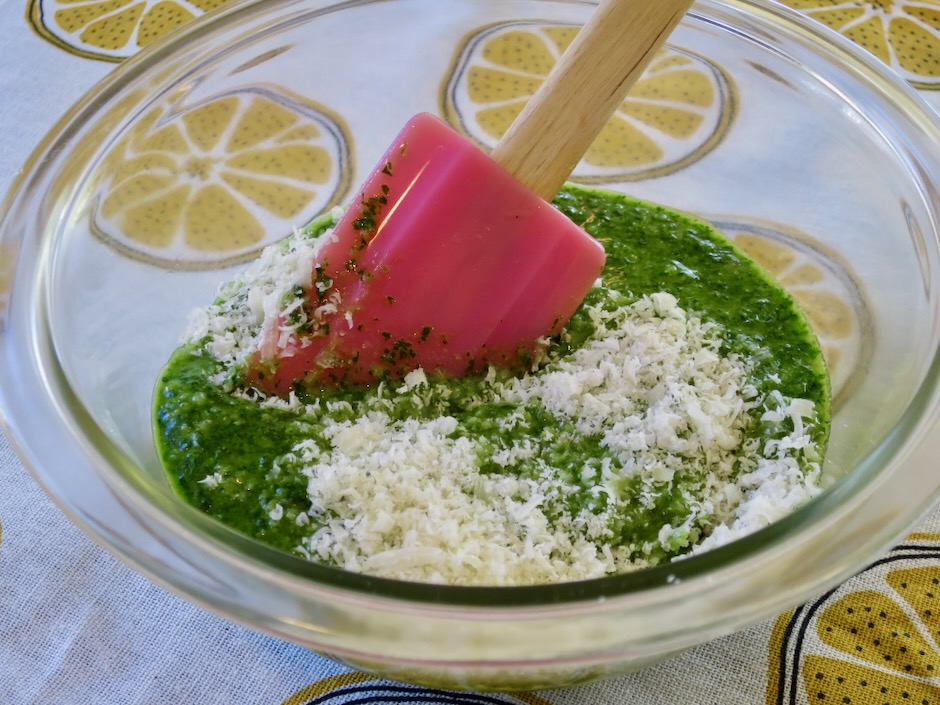
Fold the cheese into the processed pesto. Taste and add additional salt and lime juice if needed.

The pesto makes a perfect accompaniment to macadamia nut crusted mahi and saffron rice.

Cilantro Macadamia Nut & Lime Pesto
1 cup
Ingredients
1/3 cup (1.5 ounce) salted roasted macadamia nuts (or substitute with raw cashews)
2 cups (2 ounces) firmly packed cilantro leaves
kosher salt
1 large garlic clove, grated or minced
1 tablespoon fresh lime juice
1/2 cup extra virgin olive oil
1/4 cup (.05 ounce) finely grated parmesan cheese
Directions
- Pulse macadamia nuts in a food processor until coarsely chopped.
- Add cilantro, 1/2 teaspoon kosher salt, garlic and lime juice. Pulse until the cilantro is finely chopped, scraping down sides of bowl as needed. Pour in olive oil and pulse until the pesto is smooth. Stir in grated parmesan cheese. Taste and adjust seasoning with additional salt and lime juice.
Notes
- Pesto can be frozen in small containers for a few months.
